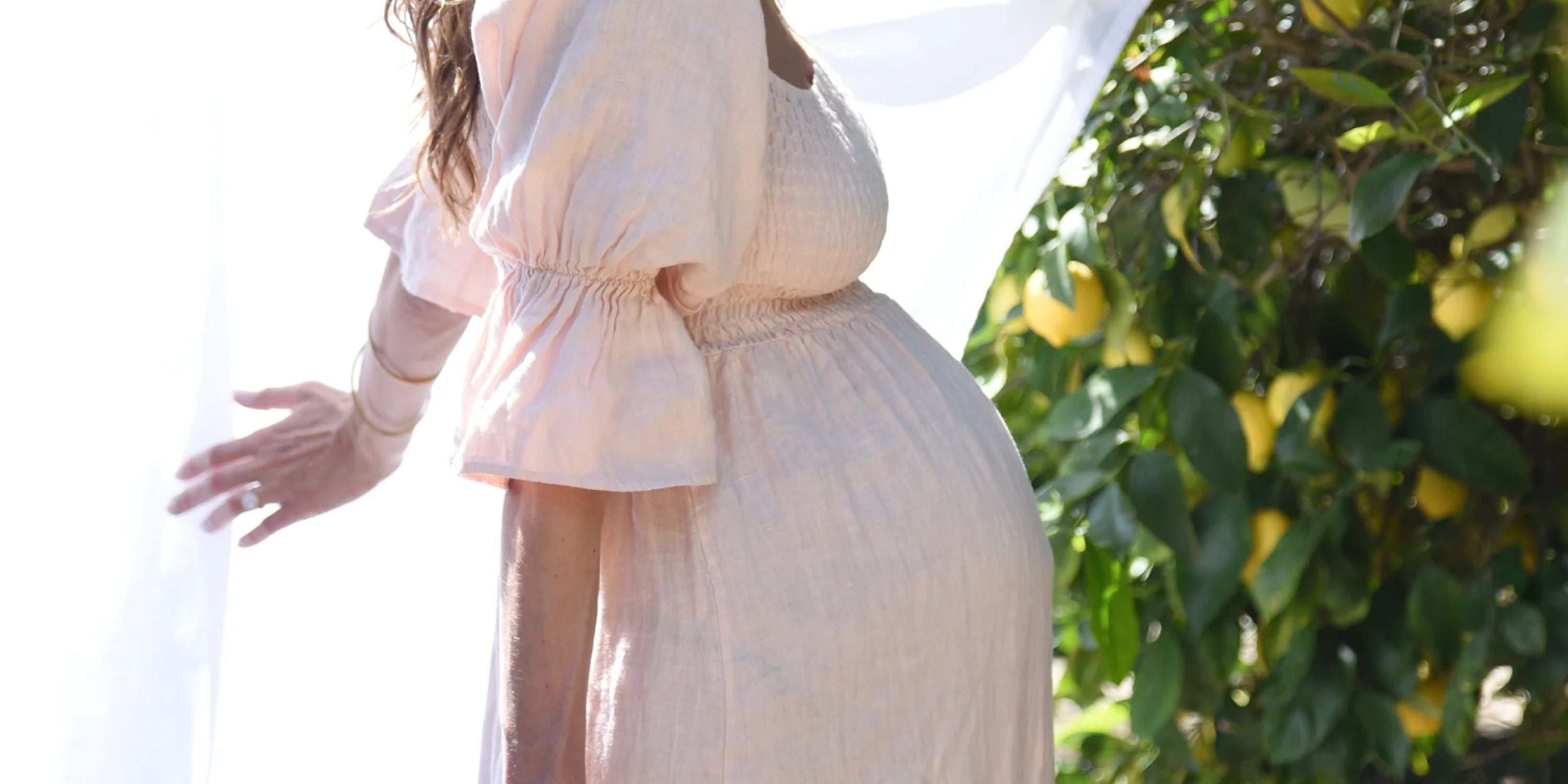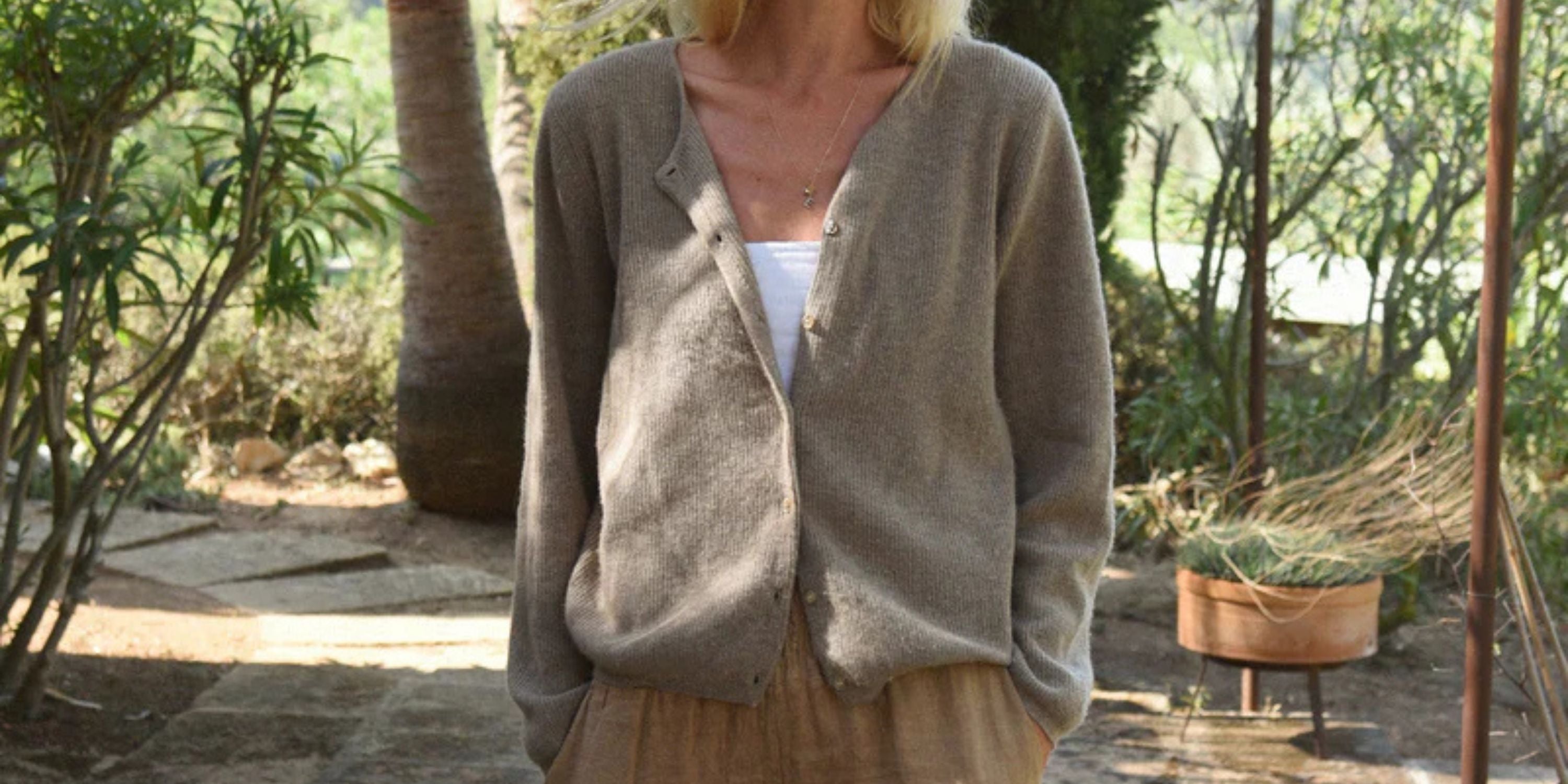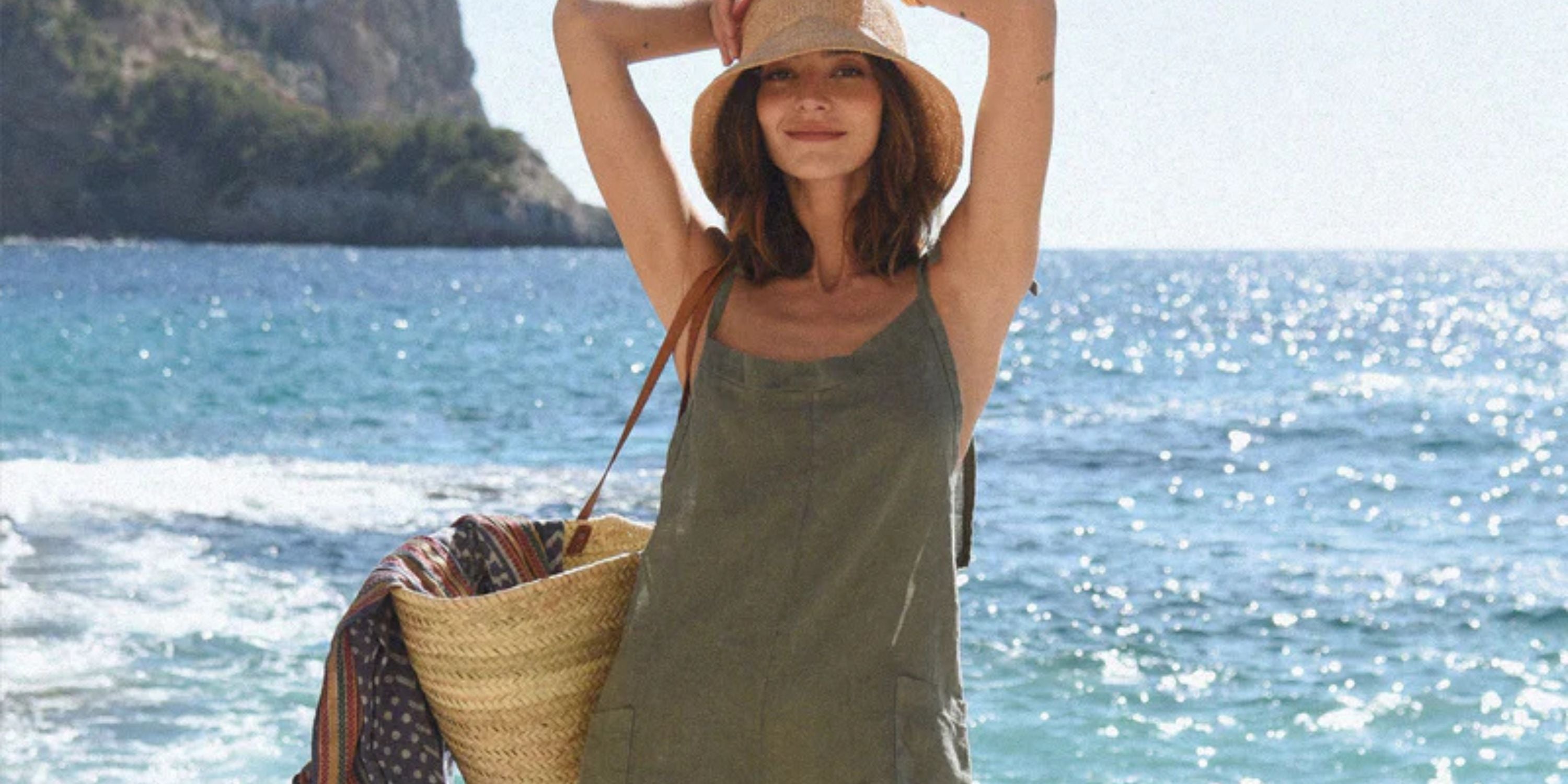
The Evolution of Maternity Clothes and Style
Pregnancy is a time of immense change, and with it comes the need for clothing that accommodates a growing belly while keeping style and comfort at the forefront. Maternity wear has undergone a significant evolution over time, transforming from restrictive garments to fashionable and functional attire. We'll take you on a historical journey through the evolution of maternity clothes and style and offer practical tips for building your own maternity wardrobe.
The 19th Century Beginnings
The 19th century marked the beginning of conscious maternity wear, although options were limited. Early 1800s fashion offered little in terms of specialized maternity clothing. Expectant mothers often resorted to wearing pregnancy corsets to conceal their growing bumps. Such garments were not only uncomfortable but also posed health risks. To accommodate their changing bodies, women modified their existing wardrobes, relying on dresses with high waistlines, such as the Empire style, which provided some relief.
By the late 1800s, maternity wear began to emerge as its own category, albeit in a rudimentary form. Adjustable panels and lacing in the back of dresses allowed for some degree of customization as the pregnancy progressed. These innovations set the stage for a shift towards more thoughtful maternity design in the coming decades.
Early 20th Century Innovations
The early 20th century brought further advancements in maternity fashion. The 1910s saw little change initially, with women continuing to alter existing garments to suit their needs. However, the 1920s introduced the loose, dropped waistlines of the flapper style, offering pregnant women a fashionable yet practical option. This era marked a departure from the constrictive clothing of the past and embraced a more relaxed silhouette.
By the 1930s, companies began producing dresses specifically designed for pregnancy. These garments often featured empire waistlines and adjustable waists, allowing for growth without sacrificing style. This period marked a pivotal moment in maternity fashion, as it became increasingly recognized as a distinct market with unique needs.

Mid-20th Century Changes
The mid-20th century brought about significant changes in maternity wear, driven in part by the backdrop of World War II. In the 1940s, wartime restrictions necessitated practicality and minimal fabric use. Maternity fashion focused on functionality, with simple yet effective designs to accommodate the changing body.
The 1950s ushered in more variety, with maternity clothing reflecting mainstream fashion trends such as fuller skirts and playful patterns. This era saw a greater acceptance of pregnancy as a natural part of life, prompting designers to create styles that celebrated this new chapter. The 1960s continued this trend by introducing the maternity minidress, which offered comfort and trendiness in equal measure.
Late 20th Century Transformations
The late 20th century witnessed a shift towards comfort and practicality in maternity fashion. The 1970s saw the rise of loose-fitting garments and the introduction of maternity pants with stretch panels. These innovations focused on ease of movement and adaptability, catering to the needs of an active lifestyle.
In the 1980s, marketing maternity fashion as stylish and sophisticated became commonplace. Designers began creating clothes that accentuated a woman's pride in her pregnancy rather than hiding it. The 1990s expanded maternity clothing lines, offering diverse styles from business attire to casual wear. This era celebrated the versatility of maternity fashion, empowering women to maintain their style throughout pregnancy.
21st-Century Maternity Fashion
The 21st century has seen a revolution in maternity fashion, with body-hugging styles taking center stage. The 2000s embraced fashion-forward designs that allowed women to flaunt their baby bumps proudly. High-profile pregnancies, often covered extensively in the media, influenced trends and encouraged expectant mothers to celebrate their changing bodies.
The rise of online shopping in the 2010s broadened access to many styles and sustainable options. Plus-size maternity ranges became more common, promoting inclusivity and diversity in fashion. In the 2020s, maternity wear continues to prioritize inclusivity and sustainability, emphasizing eco-friendly fabrics and multifunctional pieces designed to be worn postpartum.
The Importance of Evolution in Maternity Wear
The evolution of maternity wear is crucial in ensuring pregnant women have access to clothing that meets their unique needs during a transformative period. As a woman's body undergoes significant changes, her wardrobe must adapt to provide comfort, support, and style. The importance of having diverse maternity options when shopping cannot be overstated, as it allows women to maintain their personal style while embracing the changes that come with pregnancy.
Moreover, inclusivity in maternity fashion is vital, ensuring that all women, regardless of size, shape, or background, can find clothing that fits well and makes them feel confident. An inclusive approach recognizes the diverse experiences of pregnancy and accommodates varying preferences and cultural expressions.
Continuing to evolve maternity fashion is essential to keep pace with modern women's lifestyle changes and preferences. By incorporating technological advancements and sustainable practices into maternity wear, the fashion industry can better support the well-being and empowerment of all expecting mothers.

Tips for Building a Maternity Wardrobe
Creating a versatile maternity wardrobe doesn't have to be daunting. Start by choosing key pieces that can be mixed and matched, such as leggings, stretchy tops, and flowing dresses. These staples provide comfort and adaptability for various occasions.
Maximize your existing wardrobe by incorporating non-maternity items that accommodate your changing shape. Stretchy fabrics, wrap dresses, and oversized sweaters are excellent choices. Layering is your friend, allowing you to adjust to changing temperatures without compromising style.
Don't forget accessories! Scarves, jewelry, and statement shoes can add flair to any outfit. Experiment with different looks to express your unique style and keep your wardrobe fresh throughout pregnancy.
The Future of Maternity Fashion
As we look to the future, the evolution of maternity wear and fashion will likely continue to prioritize comfort, style, and inclusivity. Feeling confident during pregnancy is paramount, as it positively impacts mental and physical well-being. Expecting mothers should feel empowered to express themselves through fashion, celebrating this beautiful chapter in their lives.
Check out Beachwood Baby's collection today for modern, stylish pregnancy clothing. Our thoughtfully curated pieces combine fashion-forward designs with comfort, ensuring you feel your best every step of the way.
Whether you're just starting your pregnancy or well into the third trimester, remember that maternity fashion is about celebrating the incredible journey of motherhood with confidence and style.


